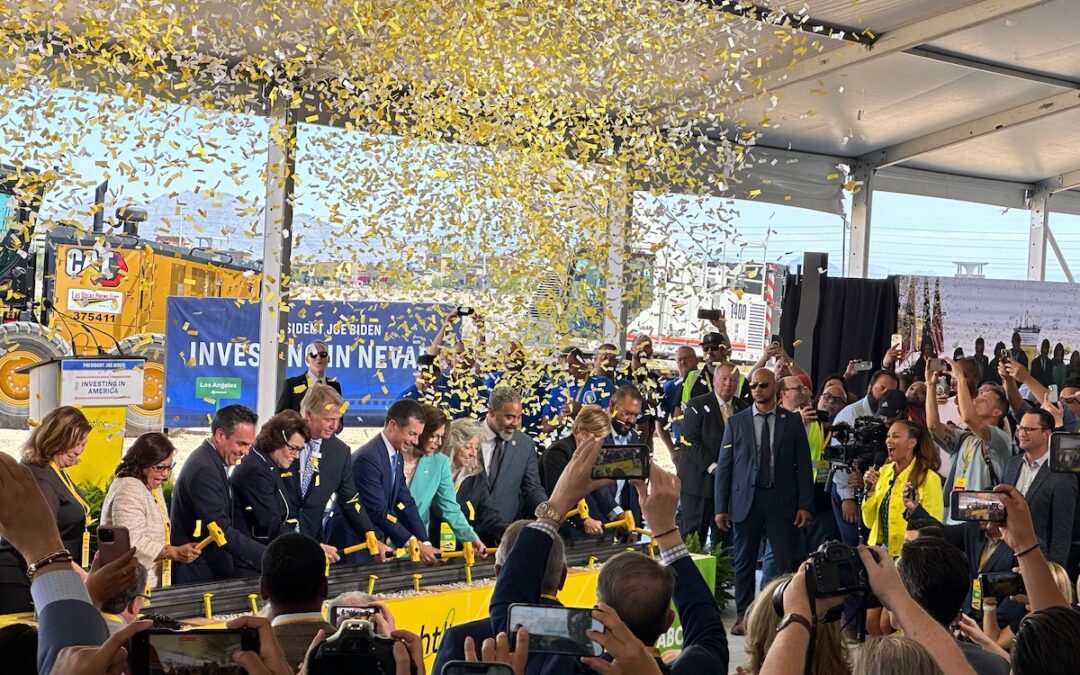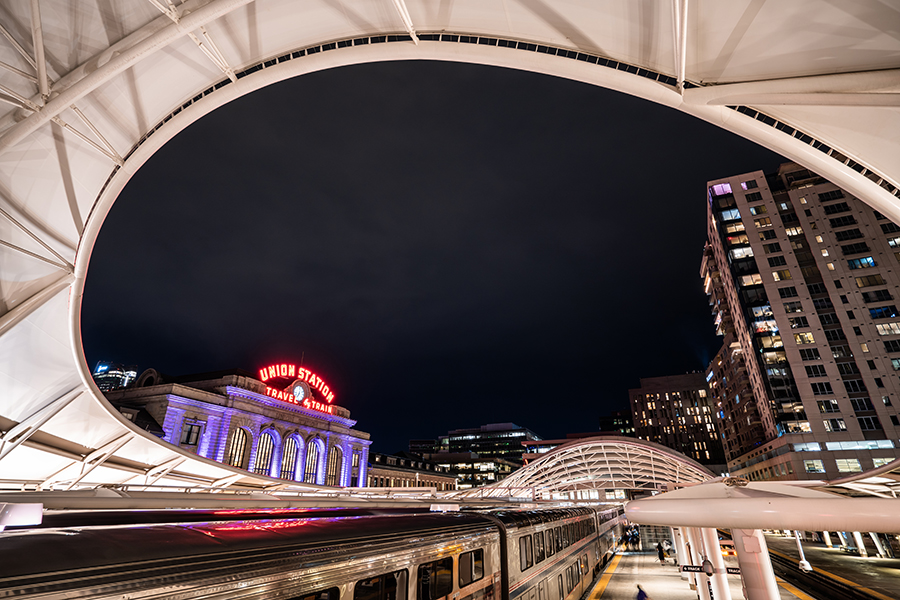The railroad Brightline today broke ground in Nevada on its new Brightline West project. Brightline will use trains traveling up to 200 miles per hour to cut the travel time between Las Vegas and Los Angeles in half. The company already operates successful trains...
Northern Lights Express Funding
This week Minnesota passed a transportation bill that includes nearly $195 million in funding for the Northern Lights Express (NLX). The NLX is a passenger rail line that would connect Minneapolis and Duluth, two of the biggest cities in the state, along with four intermediate stops along the route. The bill also includes funding for operating and capital costs for the second round-trip train between St. Paul and Chicago.
This is a big win for passenger rail advocates in Minnesota. Just last year the NLX project hit a snag when the Minnesota Senate passed an amendment prohibiting the state from investing money into the project. Despite this, a broad base of supporters continued to advocate for the NLX and have been rewarded for their efforts.
The most recent studies for the NLX suggests running four daily round-trips along the 152 miles of existing tracks, at max speeds of 90 mph. It’s projected that ridership would start at 700,000 to 750,000 in the first yer. The route begins at Target Field Station in Minneapolis, which provides access to public transit and light rail, and terminates at the St. Louis County Depot in Duluth. Intermediate stops are planned for Coon Rapids, Cambridge and Hinckley in Minnesota and Superior, Wisconsin. The track is owned by freight railroad BNSF and the project will require upgrading sections of track and lengthening sidings.
The $195 million for the NLX covers the required local funding for the project, and now they can pursue federal grants to fund the rest of the design work, construction and rolling stock. Agreements with track owners BNSF and likely operator Amtrak, need to be worked on as well.
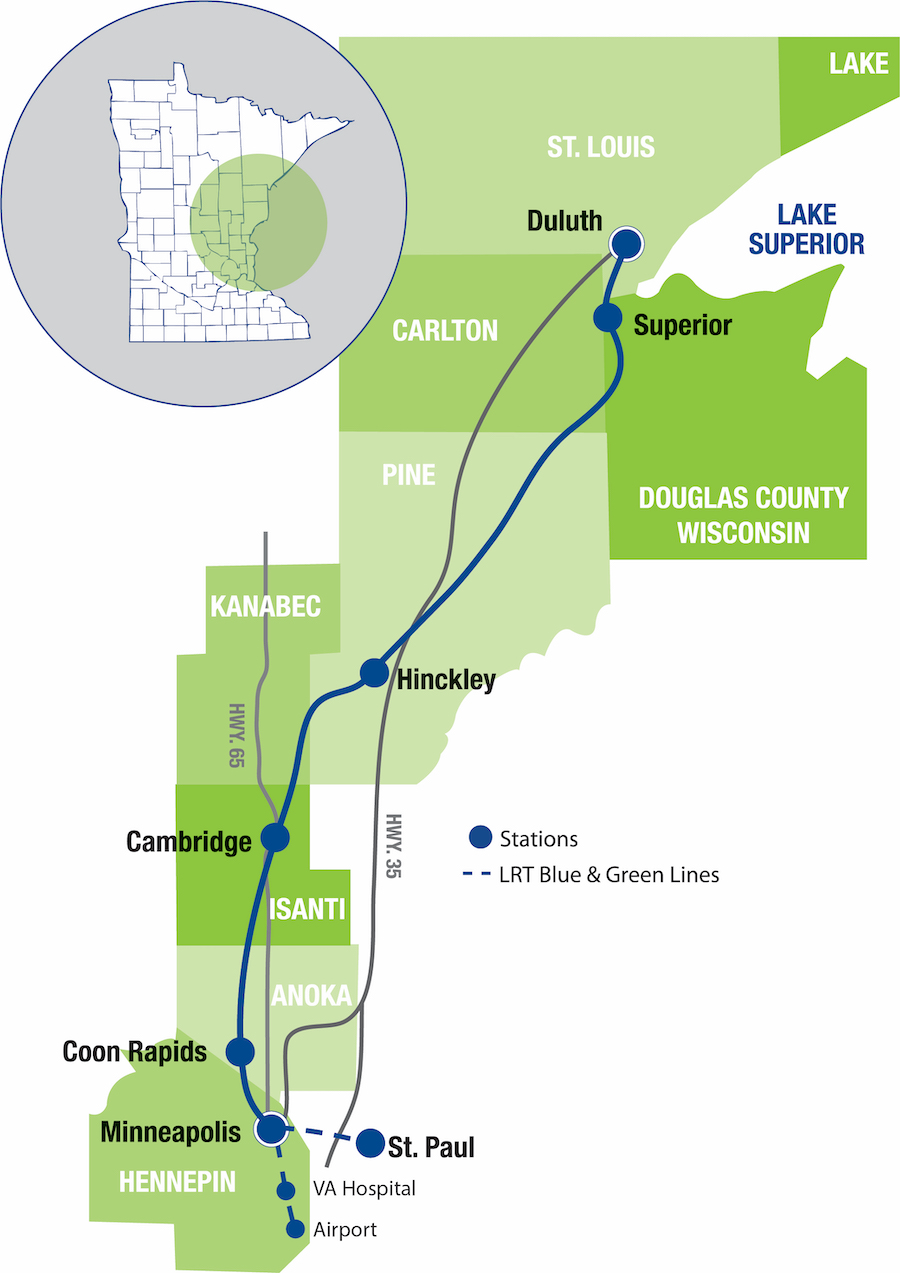
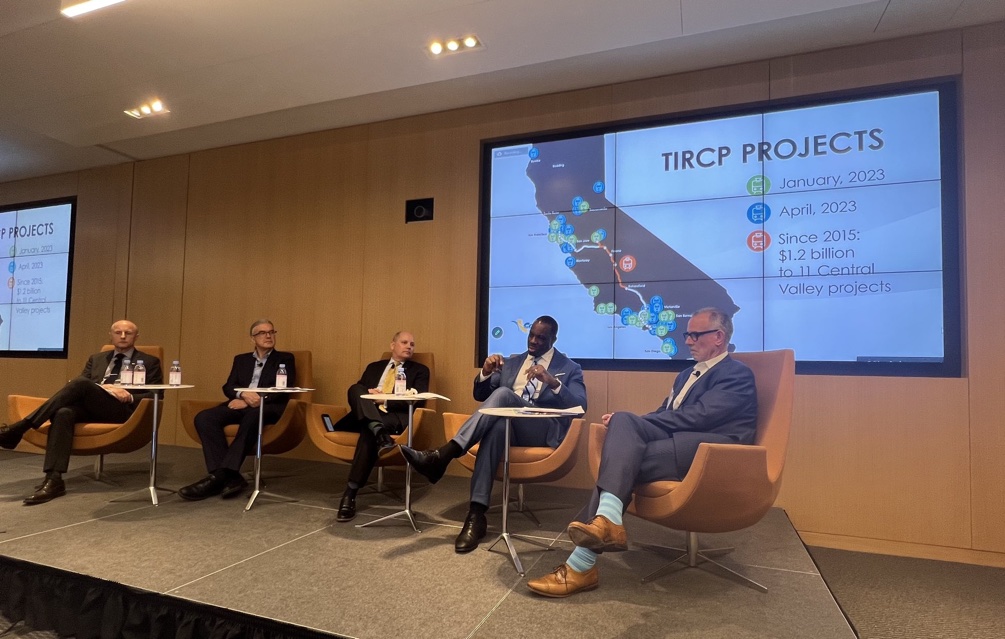
HSRA Executive Director Rick Harnish (second from left) participating in a panel on building integrated rail networks.
U.S. High Speed Rail Conference Videos
Last week we shared the three most important things we learned at the US High Speed Rail Association’s conference in Washington, DC.
Now we want to make sure you can check out the videos from a wide range of speakers who attended the conference.
It’s also been a busy week of high-speed rail news off the back of this exciting conference. Check out these great stories!
Read More
The U.S. Is Preparing to Put Billions Into High-Speed Rail
High-Speed Rail Gains Steam as Atlanta, Dallas Aim to Come Aboard
High-Speed Rail Between LA and Vegas Can Break Ground by End of Year, CEO Says
High-Speed Rail Leaders Looking to Tap Infrastructure Funding
Articles We Enjoyed:
Ray LaHood: High-Speed Rail Can Curb America’s Summer Travel Woes (Chicago Tribune)
How ‘Buy America’ Could Kill High-Speed Rail
France’s Ban on Short-Haul Flights Where Rail Offers Fast Alternative Signed Into Law (Forbes)
Deutsche Bahn Orders 73 ICE Trainsets (IRJ)
Michigan May Spend Big on Passenger Trains, Eyeing Service to Canada, Up North
Utah ‘Optimistic’ to Receive Grants to Study Rail Service From Salt Lake to Boise, Las Vegas
SunRail Kicks off Construction on DeLand Route Expansion
Here’s When We May Get Answers About Proposed Sunshine Corridor (Orlando Business Journal)
Amtrak Is the Climate-Friendly Option — If Extreme Weather Doesn’t Disrupt Your Trip
6/9 Webinar: Michigan’s Passenger Rail Progress
Michigan has made substantial investments in passenger-rail service, for increased operational efficiency and time savings on the five current, round-trip services that Amtrak operates in the state. Continuing to make improvements to these routes remains a priority for Michigan, as well as exploring the potential for increased or expanded service. This includes improvements to rail infrastructure South of Lake, which will allow for better passenger-rail operations and reliability. Michigan plans to continue partnering with other Midwest states and Amtrak to identify projects and improvements that will lead to better passenger-train service.
Speaker: Peter Anastor, Director of the Office of Rail, Michigan Department of Transportation
Register Here
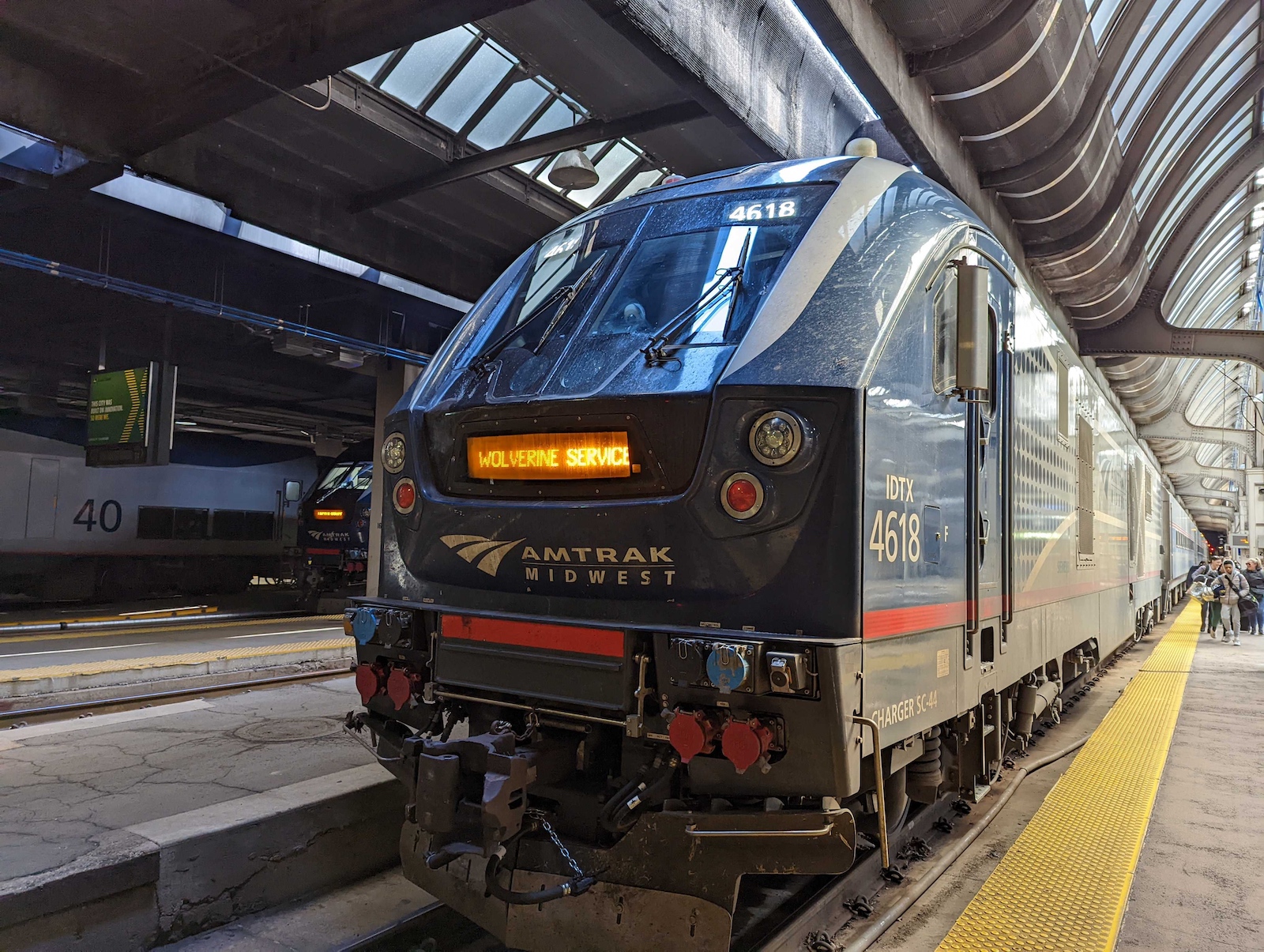
The Latest from HSRA
Our Latest Blog Posts
Check out the latest news, updates, and high speed rail insights from our blog!
